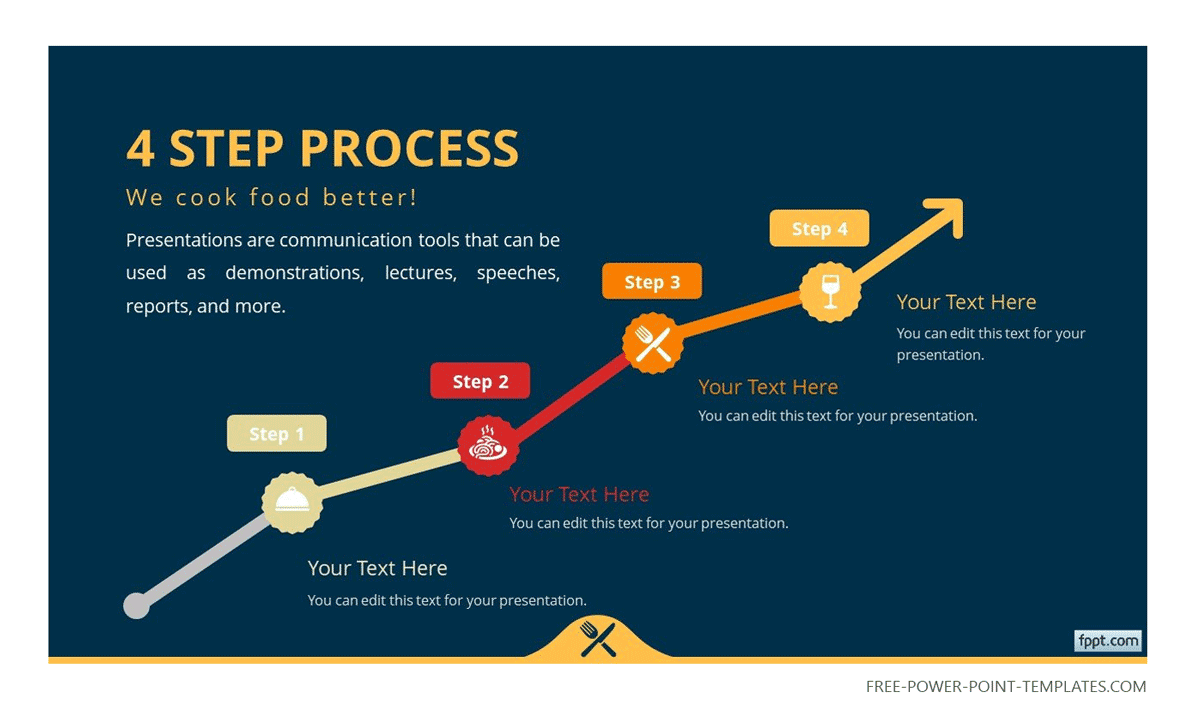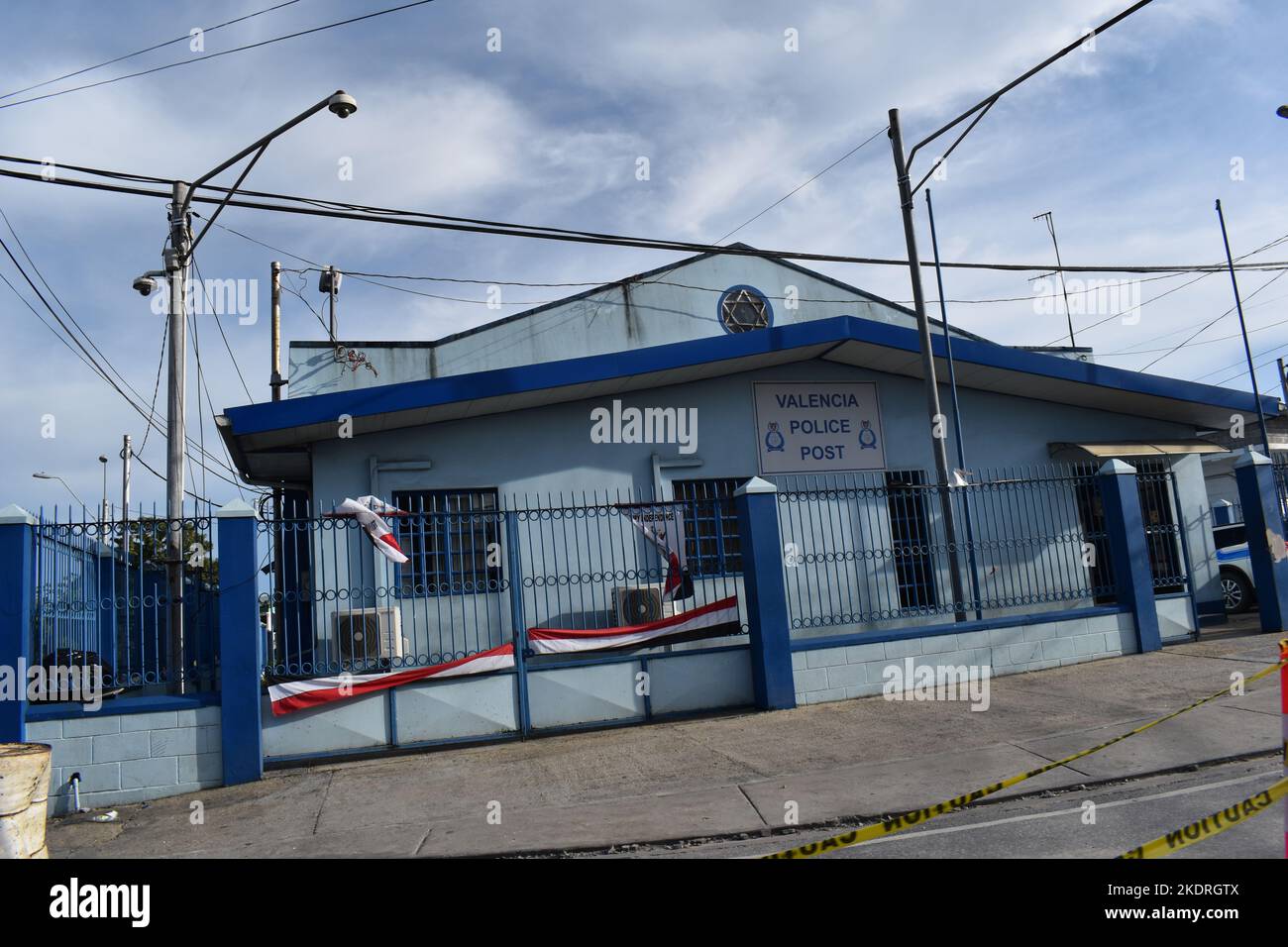The Power Of Concise Briefs: Maximizing Impact And Efficiency

Table of Contents
Understanding the Importance of Clear and Concise Communication in Project Briefs
Unclear communication is a silent killer of project success. Ambiguity leads to misunderstandings, duplicated efforts, and costly rework. A poorly written brief can leave team members confused about their roles, deadlines, and expectations, resulting in missed milestones and frustrated stakeholders. Concise briefs act as a safeguard against these pitfalls.
By ensuring everyone is on the same page from the outset, concise briefs:
- Reduce ambiguity: Clear, concise language removes guesswork, ensuring everyone understands the project goals and their individual contributions.
- Save time and resources: Well-defined briefs minimize the need for constant clarification and back-and-forth communication, freeing up valuable time and resources.
- Improve team collaboration and productivity: A shared understanding fosters better teamwork and allows team members to work efficiently towards common objectives.
- Minimize the risk of errors and rework: Clear expectations reduce the likelihood of mistakes and the need for costly corrections.
Key Elements of an Effective Concise Brief
A concise yet effective brief is more than just a short document; it's a strategically crafted roadmap for project success. It should include the following crucial elements:
- Objective: The project's ultimate goal. Define this using strong action verbs. Instead of "Improve website traffic," aim for "Increase website traffic by 25% within six months."
- Target Audience: Who is this project for? Understanding their needs and expectations is critical for tailoring the project's scope and deliverables.
- Scope: Define the project's boundaries precisely. What deliverables are included? What are explicitly excluded? Establish clear timelines and milestones.
- Background: Provide the essential context, but avoid unnecessary details. Keep it concise and focused on relevant information.
- Budget: Clearly state the allocated budget to avoid any surprises or misunderstandings down the line.
Strategies for Writing Concise and Impactful Briefs
Crafting impactful concise briefs requires a strategic approach. Here are some actionable tips:
- Use strong verbs and active voice: Active voice is direct and concise ("The team will complete the report by Friday" instead of "The report will be completed by the team by Friday").
- Prioritize information and eliminate unnecessary jargon: Focus on conveying essential information clearly and simply. Avoid technical terms unless your audience is familiar with them.
- Use bullet points and headings to improve readability: Break down information into digestible chunks, making it easy to scan and understand.
- Employ visuals to convey complex information effectively: Charts, diagrams, and other visuals can communicate information more effectively than lengthy descriptions.
- Edit and revise thoroughly before finalizing: Review your brief critically, removing unnecessary words and ensuring clarity and precision.
Measuring the Impact of Concise Briefs
How do you know if your concise briefs are truly effective? Track these key metrics:
- Track project completion time: Compare completion times against projects with less concise briefs to gauge efficiency improvements.
- Monitor budget adherence: Analyze whether concise briefs contribute to better budget management and reduced cost overruns.
- Gather feedback from stakeholders: Solicit feedback to identify areas for improvement and gauge overall satisfaction.
- Analyze the reduction in rework or clarification requests: Measure the decrease in the need for clarification, indicating a clearer understanding of the project scope.
Harnessing the Power of Concise Briefs for Optimal Results
Concise briefs are not merely a best practice; they're a necessity for effective project management across various fields, from marketing and design to software development. They improve communication, boost efficiency, reduce errors, and ultimately lead to better project outcomes. By implementing the strategies outlined in this article, you can master the art of writing concise briefs and unlock the potential for enhanced project success! Start writing more effective concise briefs today and experience the transformative power of clear communication in your projects.

Featured Posts
-
 Rock Icon Dead At 32 Fans Mourn The Loss
May 22, 2025
Rock Icon Dead At 32 Fans Mourn The Loss
May 22, 2025 -
 Googles Experimental Ai Smart Glasses First Impressions
May 22, 2025
Googles Experimental Ai Smart Glasses First Impressions
May 22, 2025 -
 Auto Dealers Renewed Opposition To Ev Mandates A Closer Look
May 22, 2025
Auto Dealers Renewed Opposition To Ev Mandates A Closer Look
May 22, 2025 -
 Tim Hieu Ve Cau Va Duong Noi Tinh Binh Duong Voi Tinh Tay Ninh
May 22, 2025
Tim Hieu Ve Cau Va Duong Noi Tinh Binh Duong Voi Tinh Tay Ninh
May 22, 2025 -
 Trinidad And Tobago Newsday Police Reveal Reasons Behind Kartels Security Measures
May 22, 2025
Trinidad And Tobago Newsday Police Reveal Reasons Behind Kartels Security Measures
May 22, 2025
Latest Posts
-
 Movies Leaving Hulu This Month Your Complete Guide
May 23, 2025
Movies Leaving Hulu This Month Your Complete Guide
May 23, 2025 -
 Cannes Black Market How Scalpers Sell 6 000 Film Festival Tickets
May 23, 2025
Cannes Black Market How Scalpers Sell 6 000 Film Festival Tickets
May 23, 2025 -
 Cannes Film Festival Black Market 6 000 Tickets For Pure Auteur Fuel
May 23, 2025
Cannes Film Festival Black Market 6 000 Tickets For Pure Auteur Fuel
May 23, 2025 -
 Rendez Vous With French Cinema 2025 Key Highlights And Award Predictions
May 23, 2025
Rendez Vous With French Cinema 2025 Key Highlights And Award Predictions
May 23, 2025 -
 French Cinemas 2025 Rendez Vous A Look At The Upcoming Festival And Awards Ceremony
May 23, 2025
French Cinemas 2025 Rendez Vous A Look At The Upcoming Festival And Awards Ceremony
May 23, 2025
